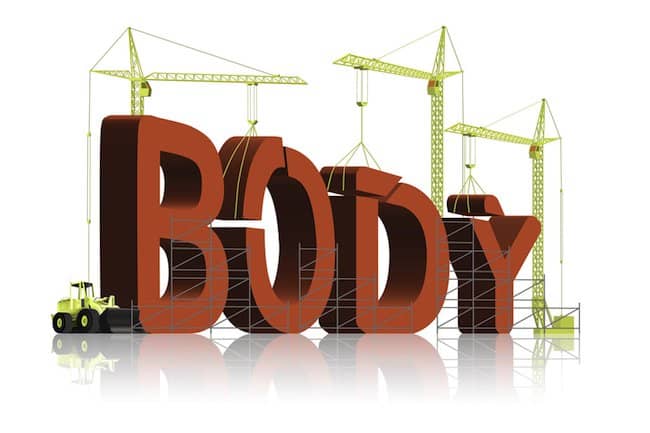
Sometimes exercise is not as simple as just moving around or lifting some weights and depending on what you want to achieve there are a number of things to consider. Is recovery from exercise important? Yes it can be. For an athlete or someone who wants to compete in running races (i.e. a 10k run, a marathon) even if it is just for charity, you will find that recovering well from training and the race can make the world of difference.
How your body recovers from exercise can help in regeneration and rebuilding of the tissues and muscle, in performance and in pain; those who have experienced delayed onset muscle soreness (DOMS) will understand what I mean.
1. Warm up
This is an important element for any workout. I cannot stress enough how important it is to warm up adequately before any exercise. How will it help with recovery? Well the better warmed up the muscles are the more efficient will work. Moreover, think of DOMS as a muscle injury, if your muscles are not warmed up you could be increasing the risk of injury.
Will you still experience DOMS if you warm up? Yes you can do depending on the exercise and the stress placed on your muscles. However, with warming up your muscles are better prepared to deal with that stress and not result in unnecessary injury. Opt for a dynamic warm up sessions of 5-10min; they seem to be research favourites.
2. Cool down
Simple and easy it is however no 1 in aiding recovery. A cool down is seen more important for aerobic/cardio exercise and it is often overlooked for resistance/weight training. Whether you run a mile or lifted a few weights you should be adding 5-10 min of cool down.
Some of the benefits of cool down are to return the cardiovascular back to rest rate and to aid lactate recovery quite efficiently. A cool down basically will slow your body and bring it down to rest state. It is always recommended to cool down after exercise for the heart and also to minimise injuries.
3. Stretch
Stretching is recommended for both pre and post workout. You can therefore say that stretching can be part of a warm up and a cool down. For performance, studies tend to suggest only a small amount of stretching for pre workout (unless you are aiming for increased flexibility) and more extensive for post.
When I was in University we used to say you hold a stretch for 10 seconds for pre, 20s post and 30s for flexibility gains. Well I wouldn’t say that this is an absolute but is just to give an idea of how much stretching you should do.
Now in terms of recovery, research suggests that stretching can help in clearing the oedema created by tissue damage (exercise induced tissue damage) and to also relieve muscle spasm.
All these can help with DOMS and muscle recovery. Do be careful however, as excessive stretching can lead to DOMS itself so strike for balance. Stretch majority of muscles used and aim for 20s post workout for each stretch.
4. Replenish fluids
The body will have lost a considerable amount of fluids and with it a considerable amount of electrolytes etc. Do keep well hydrated and replenish fluids. Don’t over hydrate, in other words don’t down 2L of water in 5min as this will actually drown your body which can have harmful effects.
Do you need to opt for electrolyte enhanced drinks or energy drinks?
Depending what type of exercise or workout you did. If you just run 10k then I would say yes do and ideally have these drinks throughout your workout/race etc. If you just spend 45min in a gym having an intense workout you probably don’t need all those energy drinks. Most of these electrolytes lost will be replenished through your diet however it will be recommended that you do have food in the 45-60min after a workout.
5. Replenish nutrients
Your body does need to replace what it has lost and also it will need those nutrients for building your muscles, nerves etc. Studies recommend having a meal in the first 45-60min after a workout.
Apparently, in the first hour after a workout there is a window of opportunity in which your body will absorb and utilise nutrients more efficiently and effectively and also is a good time to increase fat burning and weight loss. Through that time you could be providing your body with all the nutrients it needs for a good recovery and also aiding any weight loss plans.
What to eat for best?
A healthy balanced meal will be your best option. Opt for a combination of good quality protein accompanied with some carbohydrates and a small amount of fat. Think of steak with salad, chicken with vegetables and rice, fish with salad and potatoes etc. The menu can go on and on. (See also: What to eat after your workout)
6. Recovery aids
What is a recovery aid? Well by this I mean things like ice (cryotherapy), ultrasound TENS etc. This list is not exhaustive and as it may be obvious there is not enough space to cover everything. Nevertheless what can these aids do?
Now for things like cold baths, studies have returned different results. Some studies have shown that they help and some haven’t shown any benefits what so ever. I would say that it is a personal thing possibly. If jumping in an ice bath is not appealing then you can give it a miss as it may not be as helpful anyway. Same goes for ultrasound and TENS. Mixed results and it does work for some but not for others.
Another minus in these aids is that they are not readily available to everybody. TENS are commonly used by people for treating pain but in general you don’t routinely find an ultrasound machine in everybody’s house. Not to mention safety if just everybody could operate some of these equipment.
7. Anti-inflammatory drugs and antioxidants
Well things like anti-inflammatory drugs will help with the exercise induced inflammation and aid recovery. The problem with them is that at the same time they may hinder the effects of exercise.
Think about it this way exercise will cause micro damage to the muscle, an inflammatory response will take place which will repair the muscle and the result is you get muscle growth etc gains. If you do work against with drugs then you could be potentially be damping down the repair and growth. So do be careful with painkillers as a lot of them tend to have anti-inflammatory properties.
It is more or less the same thing with antioxidants. Although they may help with the oxidative stress induced by exercise, they could however hinder those effects you do want from exercise like muscle building.
8. Persevere
So continuing from above, you could be aiding recovery but not necessarily aiding the fitness gains. But if you do spend an ‘x’ amount of time exercising surely the aim is to have those gains and if anything maximise them! True? So maybe sometimes you may have to persevere. Your muscles may be a little bit sore a couple of days later and you may feel as if you been hit by a bus for a couple of days. Well thing of that fit body you will have.
Alternatively take it easy and build on your workouts slowly instead of going all hardcore and tough. I would say exercise smart rather than hard sometimes and you could have the same results.
9. Massage
Ah to have a nice, relaxing massage after a hard workout, wishful thinking but not always possible. Ok, it is not in everybody’s reach for obvious reasons, including the fact that a massage can be costly and time consuming.
However, a few studies have shown that having a massage after a workout can help in lactate removal, enhance blood circulation into the tissues and therefore nutrient circulation into the muscles and other tissues, and help with the management of DOMs. Not to mention the psychological effects of relaxation and feel good factor.
If you have a willing partner in the house it may be a good way to aid recovery after a gym session even if it is not done by a professional.
10. Exercise
How will exercise will help recover from exercise? Well exercise does have a pain killer effect so it can help with the pain if you are suffering from DOMS. It can also help in circulation, and oedema clearing and muscle stiffness.
Opt for light exercise for a couple of days post your big workout, keep the muscles moving but don’t overload them. Or if you tend to do 2-3 days of heavy exercise then tone it down by having a couple of days of low intensity exercise. By low intensity exercise think the just keep moving around such as go for a slow walk, or move a bit in the house etc not a big massive workout.
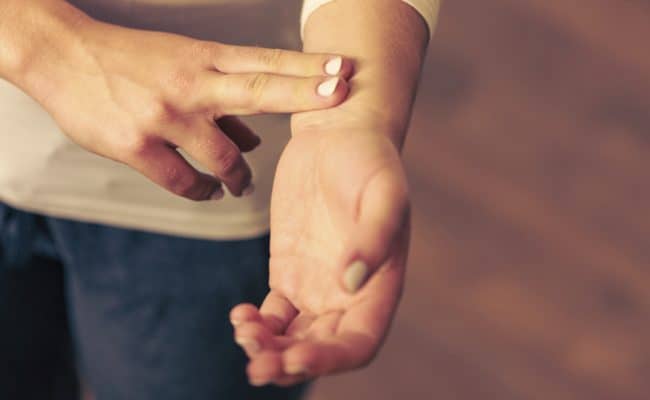
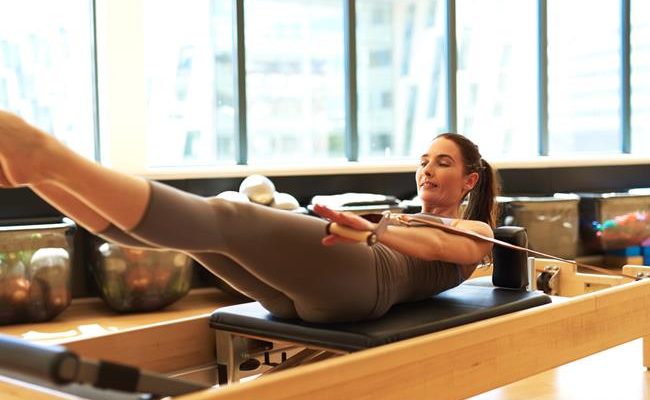

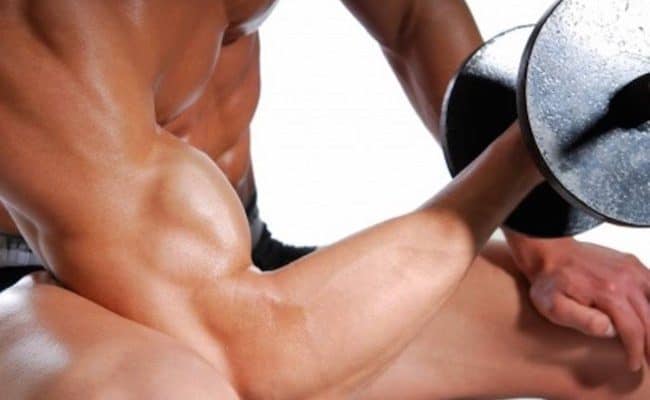


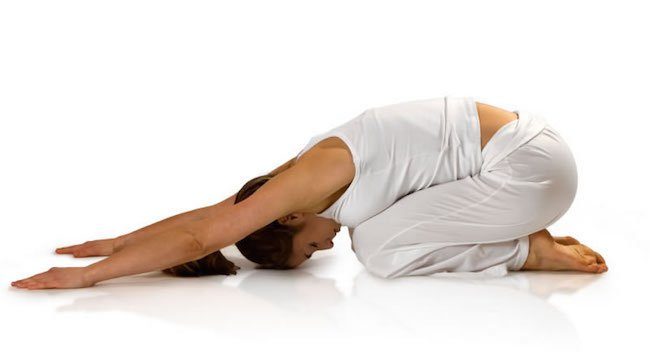




Mary says
If I don’t experience DOM after cardio workout does that mean I’m also not working out hard enough?